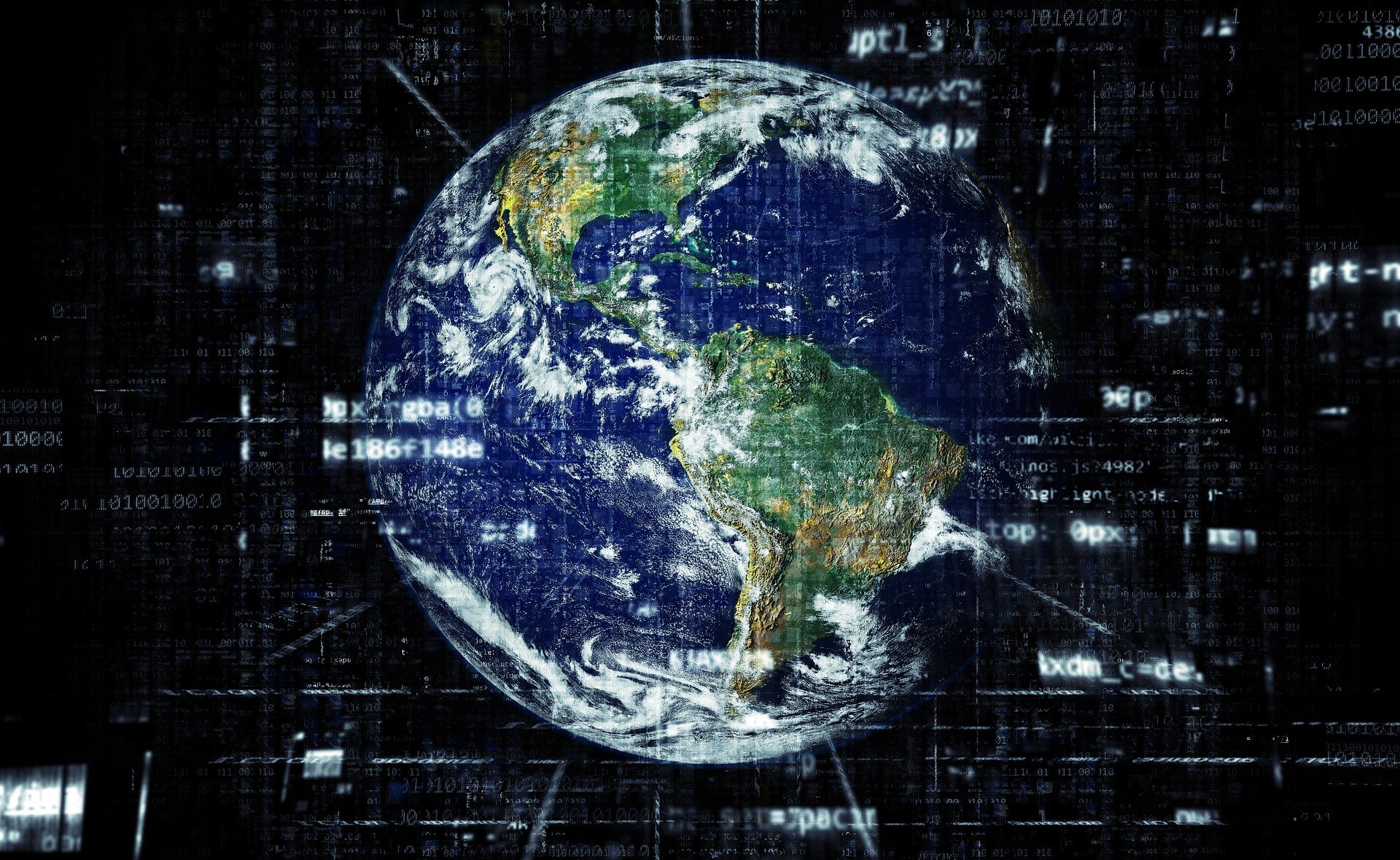Ukrainian forces are holding out amid fierce fighting in the besieged southern city of Mariupol, but the humanitarian situation has grown even more dire, with most infrastructure destroyed and few ways out, local officials say.
The Ukrainian forces are still facing a very tough fight, the deputy defense minister, Hanna Maliar, said on Thursday. Russian forces have bombarded the city for weeks with assaults that have prevented large-scale evacuations and made getting information difficult.
Russia-backed separatists on Thursday claimed that they had taken the center of the city, but there was no evidence to back that assertion, and local officials and Western military analysts said the city remained in Ukrainian hands.
“Ukrainian armed forces are doing everything they can to free the city, but it is very complicated,” Ms. Maliar said, adding that officials believe the Russian military plans to use Mariupol as a springboard to take over other regions.
The city’s government is working out of another city, Zaporizhzhia, around 130 miles northwest of Mariupol, and officials acknowledged that it had been tough to get a full picture of the fighting. But Pyotr Andryushchenko, a city government adviser, said the military situation in the city had remained stagnant in recent weeks amid the fierce battling.
“It’s difficult because we are not physically in Mariupol,” he said, adding that officials were relying in part on images put out by Russian forces and also in touch with people still in the city.
Sharing information can make those sources targets. “It’s very dangerous for those who remain,” Mr. Andryushchenko said.
Ukraine’s human rights ombudsman, Lyudmila Denisova, said in a statement posted on Telegram on Thursday that men were being forcibly conscripted into pro-Russian militias in occupied areas on the outskirts of Mariupol.
Thousands of civilians are finding their way out, sporadically evacuating by private car through dangerous checkpoints and along risky routes. But approximately 130,000 people remain, according to local officials.
The city is spiraling deeper into humanitarian crisis, with limited access to food, water and electricity, and sporadic or unsafe options for escape. It has been impossible to repair crucial infrastructure, Mr. Andryushchenko said.
Yulia Gorbunova, the author of a Human Rights Watch report on alleged Russian war crimes earlier in the conflict, said she feared that what happened in Bucha, a Kyiv suburb where dozens of civilians were found dead after the Russian retreated, could be magnified in Mariupol.
“I can’t stop thinking about it what we are going to see in Mariupol,” she said. “We were looking at villages with a few thousand people.”
Since the start of the siege last month, Russian forces have destroyed most of the city’s infrastructure and more than 5,000 people have died, Mariupol’s mayor, Vadym Boichenko, said Wednesday at a virtual round table.
Mr. Andryushchenko said that a Russian video of medical staff and patients leaving the last functioning hospital in Mariupol confirmed reports that the staff had been taken into a Russian-controlled area, rather than being allowed to enter Ukrainian territory.
“We have lots of information, we know about everything that’s happening in the city,” he said, adding that officials were monitoring the skewed reporting of Russian state television to get visual confirmation of reports from the ground.
Russian news outlets have shared images of Russian forces handing out humanitarian aid to civilians at a supermarket. Photos show aid boxes emblazoned with a “Z,” a symbol of support for the invasion, and a hashtag in Russian that translates as “We Don’t Leave Our Own.”
Last month, satellite imagery showed hundreds of people lined up at the same store, located in an industrial area on the western outskirts of the city, where Russian forces have had control for some time.
“The Russians tried to get some food for our people,” Mr. Andryushchenko said. He acknowledged he was glad to see people get desperately needed provisions, but that they were likely taken from Ukrainian warehouses in occupied areas.
“All of these humanitarian goods are made in Ukraine — and they say it’s Russian,” he said.

